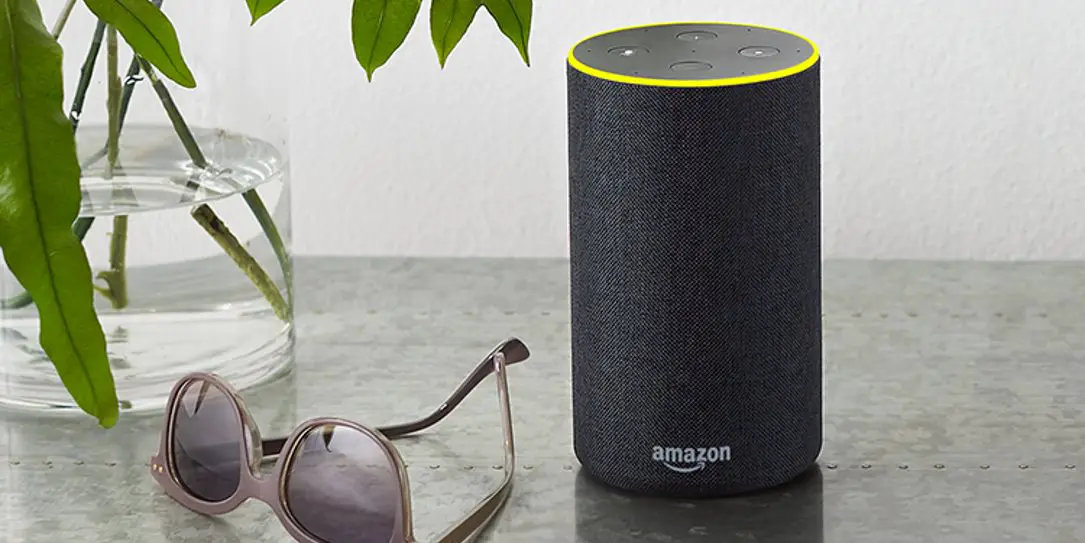Having complete control of your house not only gives you peace of mind but also allows you to keep tabs on your house while you’re away.

As the Internet of Things continues to trend upwards in market growth, analysts predict that by the year 2020 more than 477 million smart home devices will be purchased globally. Consumers are continuing to invest in these devices which help simplify their everyday tasks. Each year, we continue to see new products developed and far-out ideas quickly becoming realities.
Many people still wonder why they should invest in these devices and if they’re worth it. While this topic is still heavily debated there are many pros to smart devices. Having complete control of your house not only gives you peace of mind but also allows you to keep tabs on your house while you’re away. Whether you intend to use security cameras for your front yard or simply want to turn the air conditioning on so your house is cool for your return, it’s as simple as opening up your phone no matter where you are. Many devices are now interconnective, which makes these tasks even simpler. It’s also been shown that having smart thermostats and similar devices can help with a homeowner’s energy efficiency.
Though smart home devices can be beneficial, they also have potential risks associated with their use. The more devices that you have connected to the Internet, the higher your risk of exposing your personally identifiable information to cybercriminals is. Many of these thieves have found innovative ways of using these devices as a soft entry for breaking into the wireless networks that they run off of. The groups that form these attacks will then wipe devices clean, steal your data and credentials, and intercept communications. Once they have this information, they will often use it to conduct criminal activities such as identity theft, financial scams, and other cyber-attacks.
Each year nearly $600 billion in global loss is attributed to cybercrimes. This number has substantially increased over the past few years with the growth of IoT (Internet of Things) causing more individuals to fall victim to these targeted attacks. Thankfully, protecting your home and its devices is achievable when proper precautions are taken both at the initial installation phase and while utilizing the device.
The most important consideration to make when investing in smart home devices is evaluating your wireless router. his will be the main support and connectivity center for each of your other devices, so it’s crucial to have a strongly encrypted router. It’s essential to invest in a router with a reliable reputation and multiple security layers. Setting up two-factor authentication on your WiFi credentials can help keep outsiders from accessing the Internet in your home. It can also be helpful to create a guest account for anyone that may be visiting your home to utilize without disrupting or attaining your data. Cybersecurity experts suggest investing in a trustworthy VPN (a virtual private network) for all of your operational needs. These networks create an encrypted and secure point of entry for you to work off of by masking your IP address.
The next phase in securing your smart technology is to research the platform security of the device you are interested in purchasing. Conduct an online search of the brand and the device before going to the store. You’ll want to look for user reviews, videos, or unsponsored blog entries that will give a glimpse into the performance of the device. If security holes exist, you’ll likely run into them during this process. Though it can be tempting to choose the devices that are lower in cost, it’s often wiser to spend the extra money and opt for reputable brands as they will offer the strongest security levels available. Many of the platform security systems that these devices run off are created by off-shore companies that place security lower than performance in design.
Once you have your device at home, remember to carefully plan out where the device will be located within the desired room. You’ll want to keep it away from the view of windows and doors where local robbers may be peeking in to. After you have completed the set-up and are ready to use the device, refrain from throwing the empty box out on to the curb. A brand-new smart TV box can be rather enticing to anyone snooping around your house with cruel intentions.
Some criminals are even clever enough to hack into a user’s search history or device preferences to find out when an individual will be away from their house, thus making the point of entry easier for themselves. For this reason, always be cautious of the information that you are sharing and avoid any websites that are seemingly unsecured or generally “sketchy.” If you have children or teenagers under your roof, consider setting parental controls that limit the information being accessed and will deny any payments that one may try to make. While you’re checking out these settings, investigate the user preferences that come preinstalled on the device. You’ll need to be cautious as some devices are set to automatically connect to nearby Wi-Fi and users. Disconnect these settings and verify your data is only accessible by those who are granted permission.
Though it’s true that smart home devices can carry risks, they can also be an invaluable tool for the modern homeowner. With the correct precautions, investing in this technology just might make your home safer and more enjoyable.

